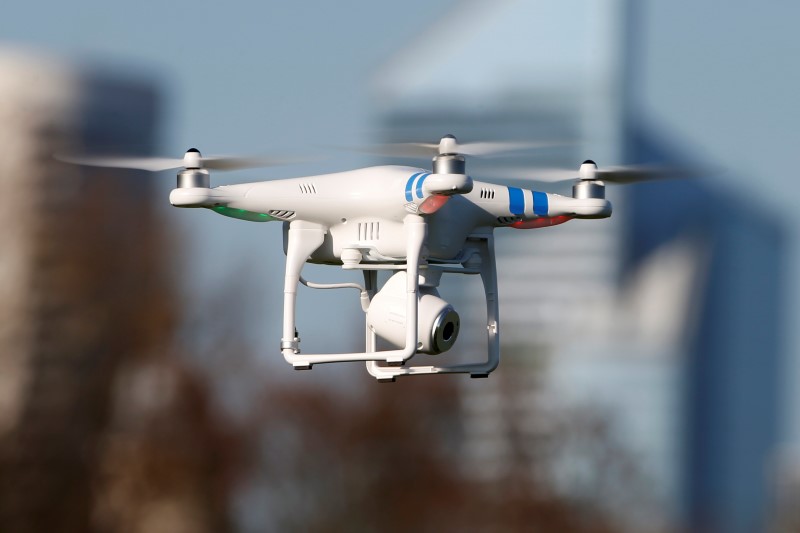BEIJING (Reuters) – Over the weekend, China conducted a test flight of its largest cargo drone to date and a helicopter taxi service on a 100-kilometer route to Shanghai, marking significant milestones in the development of the country’s low-altitude economy.
The twin-engine cargo drone, developed by state-backed Sichuan Tengden Sci-tech Innovation Co, has a payload capacity of 2 metric tons. It successfully completed its maiden flight in southwestern Sichuan province, lasting approximately 20 minutes. With a wingspan of 16.1 meters and a height of 4.6 meters, the drone is slightly larger than the widely-used Cessna 172 light aircraft.
China, the world’s leading drone manufacturer, is increasingly testing drones with larger payloads. Simultaneously, transport companies are planning both manned and unmanned air taxi services as the country eases airspace restrictions and offers incentives to foster its low-altitude economy. The Civil Aviation Administration of China predicts this sector could grow into a 2-trillion-yuan ($279 billion) industry by 2030, quadrupling its size from 2023.
The Tengden trial follows the June debut of a cargo drone developed by state-owned Aviation Industry Corporation of China (AVIC). AVIC’s HH-100 drone has a payload capacity of 700 kilograms and a flight radius of 520 kilometers. The company plans to test its larger TP2000 cargo drone next year, which can carry up to 2 metric tons and has a flight range four times that of the HH-100.
China has already initiated commercial drone deliveries. In May, Phoenix Wings, a subsidiary of SF Express, began transporting fresh produce from Hainan to Guangdong using Fengzhou-90 drones.
Industry insiders highlight the advantages of cargo drones, noting their potential to reduce delivery times and costs, while expanding delivery capabilities to areas lacking traditional aviation infrastructure, such as rooftops in densely populated cities. These drones could also be adapted for passenger taxi services.
In April, EHang Holdings, based in Guangzhou, received China’s first production certificate for an autonomous passenger-carrying drone.
Earlier this year, the Chinese government recognized the low-altitude economy as a new growth driver, emphasizing vertical mobility in passenger and cargo transport as an emerging “productive force.”
On Saturday, a manned commercial passenger helicopter completed its first flight from Kunshan in Jiangsu province to Shanghai Pudong Airport. Operated by Shanghai NewSky Heli Co, the service aims to reduce travel time between the two cities to 20 minutes, with one-way fares costing up to 1,800 yuan. The route is expected to serve up to 30,000 passengers annually and will officially open on August 18. Shanghai plans to extend low-altitude routes to other cities within the Yangtze River Delta region.




